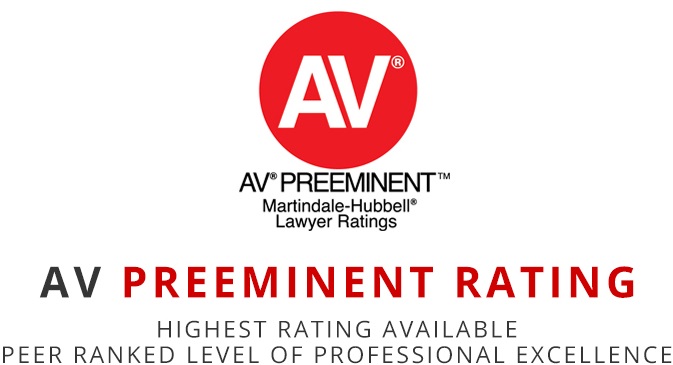The Importance of Proper Training and Safety Procedures in Accident Prevention Featured

Please Note: “South Carolina being a Workers’ Compensation State, the general rule for workplace injuries is that if you are injured on the job within the scope of employment, you are
limited to filing for Workers’ Compensation, and you are barred from filing a lawsuit against your employer. Workers’ Compensation is mandatory coverage by the employer for work-related
injuries of employees regardless of the liability of either employer or employee or any entity employed by the employer.”
Introduction
A strong safety culture starts with a solid foundation of education and clear guidelines, ensuring that employees are well-equipped to identify and mitigate potential hazards.
By investing in comprehensive training programs and implementing effective safety procedures, employers can significantly reduce the risk of work-related accidents and injuries.
In the eighth article of our 14-day law blog series, we will explore the vital role that proper training and safety procedures play in preventing workplace accidents.
Proper Training: A Key Component of Workplace Safety
Training is crucial in maintaining a safe work environment, as it equips employees with the knowledge and skills they need to perform their jobs safely.
Effective safety training should:
- Address specific hazards: Tailor your training program to the unique hazards and risks present in your workplace. Ensure that employees are educated on potential dangers, such as hazardous materials, heavy machinery, or working at heights.
- Provide practical instruction: Training should include hands-on demonstrations, simulations, or exercises that allow employees to practice safe work techniques in a controlled environment.
- Cover emergency response: Educate employees on how to respond to emergencies, including evacuation procedures, first aid, and the use of safety equipment such as fire extinguishers.
- Be ongoing and reinforced: Regularly update and reinforce training to ensure that employees stay current on safety best practices and any new hazards or procedures that may arise.
- Engage and motivate: Make training engaging and interactive to increase retention and encourage employees to maintain a safe work environment actively.
Safety Procedures: A Framework for Safe Work Practices
Well-defined safety procedures provide a clear framework for employees to follow, minimizing the risk of accidents due to confusion or misunderstanding.
Effective safety procedures should:
- Be clear and concise: Develop safety procedures that are easy to understand and follow, using straightforward language and visuals to convey important information.
- Be readily accessible: Ensure that safety procedures are readily available to all employees in hard copy or digital formats. Display critical information, such as emergency response plans, in highly visible locations throughout the workplace.
- Establish accountability: Assign responsibility for implementing and enforcing safety procedures to specific individuals, such as supervisors or safety officers, to ensure everyone is held accountable for maintaining a safe work environment.
- Be reviewed and updated: Regularly review and update safety procedures to account for changes in equipment, processes, or regulations. Solicit feedback from employees to identify potential areas for improvement.
- Be communicated effectively: Ensure all employees are aware of the safety procedures in place and understand their role in adhering to them. Reinforce this information through ongoing training, signage, and reminders.
In Conclusion
Proper training and well-defined safety procedures are essential components of an effective accident prevention strategy. By investing in comprehensive training programs and implementing clear guidelines
for safe work practices, employers can create a safer work environment and reduce the risk of work-related accidents and injuries. In the upcoming articles of our series, we will continue to explore various
aspects of work-related accidents, including legal implications, the role of regulatory agencies, and the importance of a strong safety culture.
Last modified on Wednesday, 03 May 2023 08:21
Administrator

Meet our blog administrator team. Our team is responsible for managing and creating content for our law firm's blog, with a focus on family law, estate planning, and personal injury. We are dedicated to providing accurate and informative articles to our readers. Our goal is to educate and inform the public on legal issues that may affect them, but it's important to note that the content provided is not legal advice and should not be used as such. We are passionate about staying current on legal trends and developments and are committed to providing valuable information to our readers.






